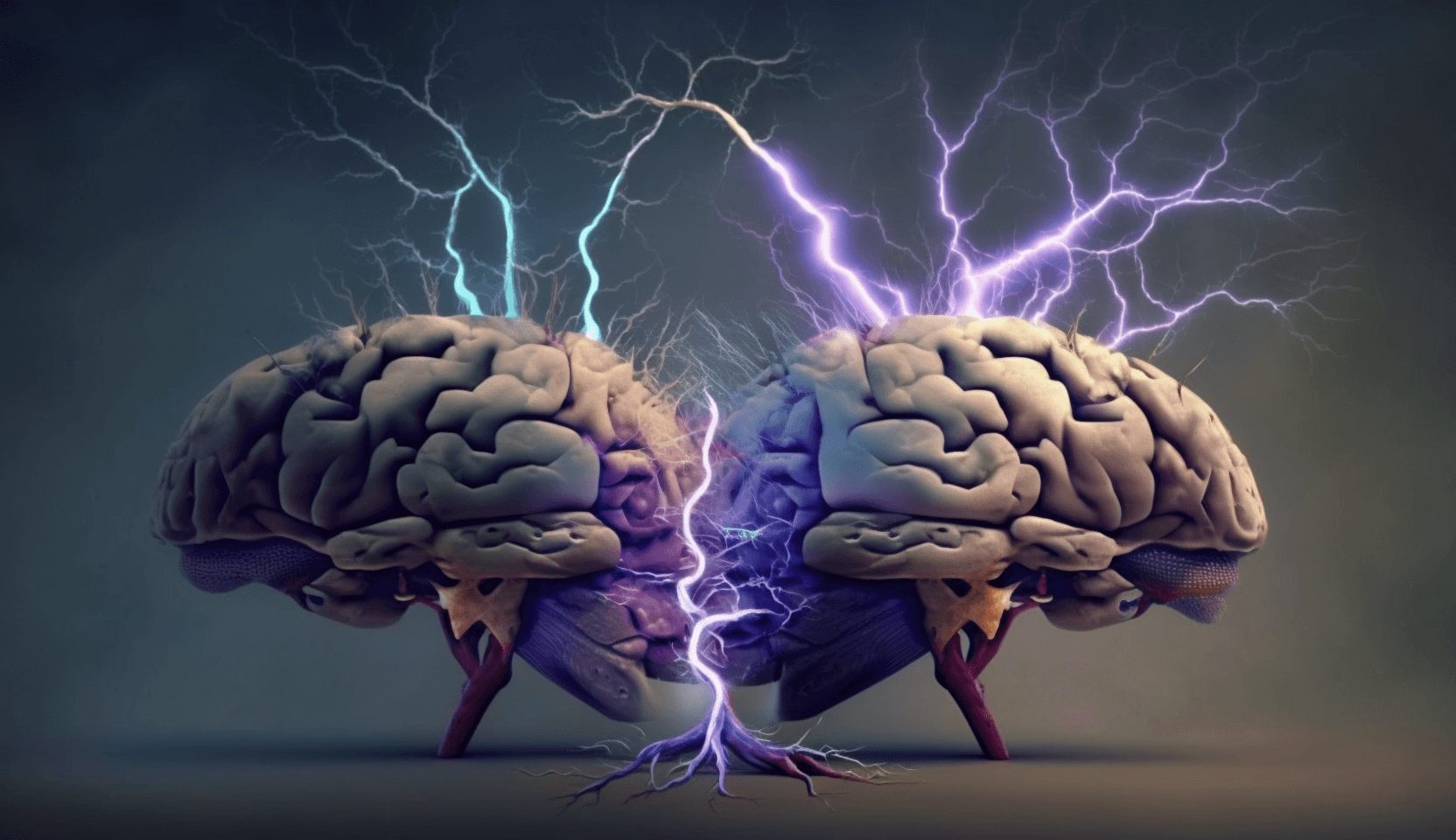The Future of Deep Learning: Trends, Challenges, and Opportunities
Hold on tight folks, we’re about to take a ride into the future of deep learning! Don’t worry, I’ve packed some snacks and a crystal ball, so we’re fully prepared. But before we go any further, just remember that if we accidentally change the timeline, it’s not our fault! So let’s jump in and see what exciting trends, challenges, and opportunities lie ahead for the field of deep learning.
topic list:
- Trend #1: The Rise of Explainable AI
- Trend #2: The Fusion of AI and the Internet of Things (IoT)
- Challenge #1: The Need for Better Data Quality
- Challenge #2: The Challenge of Energy Efficiency
- Opportunity #1: Improving Healthcare and Medicine
- Opportunity #2: Transforming Transportation and Mobility
Trend #1: The Rise of Explainable AI
One trend that is likely to gain momentum is the push for more explainable AI. As deep learning systems become more complex and ubiquitous, there is a growing need for transparency and interpretability to ensure that machines are making decisions that are fair, ethical, and accountable.
What is explainable AI & example
Explainable AI (XAI) is a subfield of artificial intelligence that focuses on developing AI systems that can provide a clear and understandable explanation of their reasoning and decision-making process to humans. The goal of XAI is to increase the transparency, accountability, and trustworthiness of AI systems, especially in cases where their decisions could have significant impacts on individuals or society as a whole.
One example of XAI is in the field of healthcare. Medical professionals are beginning to use AI to help diagnose and treat illnesses, but the decisions made by these AI systems can have significant consequences for patients. With XAI, the system can explain its reasoning for a particular diagnosis or treatment recommendation, allowing doctors and patients to better understand the decision and evaluate its appropriateness.
For instance, an XAI system could help doctors diagnose skin cancer by providing a detailed explanation of why it has identified a certain area of skin as cancerous or not. The system could provide information about the features of the lesion, the factors it considered in making the diagnosis, and the potential risks and benefits of different treatment options. This can help doctors make more informed decisions and provide patients with a clearer understanding of their diagnosis and treatment options.
Overall, XAI is an important area of research as it can help to address some of the concerns around the “black box” nature of AI systems and build greater trust in their use in various domains.

Trend #2: The Fusion of AI and the Internet of Things (IoT)
Another trend that is already underway is the fusion of AI and the Internet of Things (IoT). By combining the power of deep learning with the massive amounts of data generated by IoT devices, we can create new opportunities for automation, optimization, and decision-making.
What is Internet of Things (IoT) & AI example
The Internet of Things (IoT) is a network of physical devices, vehicles, home appliances, and other items that are embedded with sensors, software, and network connectivity to collect and exchange data. IoT devices are designed to communicate with each other and with other systems over the internet, enabling them to interact with the physical world and perform a range of tasks.
One example of how IoT applies to AI is in the development of smart homes. Smart homes use IoT devices such as smart thermostats, lighting systems, and security cameras to collect data about the home environment and control various home functions. AI algorithms can analyze the data collected from these devices to learn about the behavior and preferences of the home occupants, and then adjust the environment accordingly.
For example, an AI-powered smart thermostat could learn the temperature preferences of the home occupants and automatically adjust the temperature based on their schedule and occupancy patterns. An AI-powered lighting system could learn the lighting preferences of the home occupants and adjust the lighting levels and colors based on their activity and mood. An AI-powered security camera system could learn the behavior of the home occupants and identify anomalies or suspicious behavior, triggering alerts and responses to improve home security.
In this way, the combination of IoT and AI can provide personalized and intelligent automation of various tasks in the home environment, improving convenience, comfort, and security. However, it is important to consider the potential privacy and security risks associated with the use of IoT devices and the collection and analysis of personal data.
Stay up to date on new AI tool releases
Challenge #1: The Need for Better Data Quality
One of the biggest challenges facing deep learning is the need for better data quality. Garbage in, garbage out, as they say, and the same holds true for AI. To achieve the full potential of deep learning, we need to ensure that the data sets we’re using are diverse, accurate, and representative.
Data quality has a significant impact on the performance of an AI model during training and deployment. If the data used to train an AI model is poor quality, the resulting model may be biased, inaccurate, or unreliable. This can lead to poor performance, incorrect predictions, and potentially harmful outcomes.
Let’s take an example of a bank trying to develop an AI model to assess the creditworthiness of its loan applicants. If the bank uses data that is incomplete or inaccurate, the resulting AI model may be biased against certain groups of people, such as those from certain demographic or socio-economic backgrounds. This can result in the bank making incorrect decisions about who to grant loans to, potentially leading to financial loss and harm to the affected individuals.
To improve the quality of data used for AI training, the following steps can be taken:
Data Collection: Collect data from a variety of sources to ensure that it is comprehensive and diverse. This can help to reduce bias and ensure that the model is representative of the real-world population.
Data Cleaning: Before using the data for training, it should be cleaned to remove errors, inconsistencies, and duplicates. This can help to improve the accuracy and reliability of the model.
Data Labeling: Data labeling involves assigning tags or labels to the data to help the model learn from it. Labeling can be done manually or through automated processes, depending on the type and volume of data.
Data Validation: The quality of the data should be validated by checking it for accuracy, completeness, and consistency. This can help to identify and correct errors and inconsistencies in the data.
Continuous Improvement: The quality of the data used for AI training should be continuously monitored and improved over time. This can be done through ongoing data collection, cleaning, labeling, and validation processes.
In summary, to improve data quality for AI training, it’s important to use diverse, clean, labeled, and validated data. This can help to ensure that the resulting model is accurate, reliable, and unbiased, and can lead to better outcomes in real-world applications.
Challenge #2: The Challenge of Energy Efficiency
As deep learning systems become more complex, they also become more energy-hungry. This poses a significant challenge, both in terms of cost and environmental impact. To address this, researchers are exploring new ways to make deep learning more energy-efficient, such as developing new hardware and software architectures.
Opportunity #1: Improving Healthcare and Medicine
One of the most promising opportunities for deep learning is in the field of healthcare and medicine. With the ability to analyze vast amounts of medical data, deep learning can help us develop new treatments, predict disease outbreaks, and improve patient outcomes.

Opportunity #2: Transforming Transportation and Mobility
Finally, deep learning has the potential to transform the way we move around in the world. From autonomous vehicles to smart traffic management systems, AI can help us create a safer, more efficient, and more sustainable transportation system for everyone.

Stay up to date on new AI tool releases
Conclusion
In conclusion, the future of deep learning is bright, but it won’t be without its challenges. By staying ahead of the trends, addressing the challenges, and seizing the opportunities, we can create a future where AI is a force for good in the world.
Keep reading
Lean Mean Anti-Boredom Machine
Bored? Don't know what to do? Let Artificial Intelligence give…
Read MoreAudio Analysis with Deep Learning: Techniques and Challenges
How can deep learning be used for speech recognition, speech…
Read MoreConversational AI explained
Discover how conversational systems operate, the importance of Natural Language…
Read MoreTransfer Learning: What Is It?
the world of transfer learning, providing an in-depth look at…
Read MoreThe Power of Deep Learning for Computer Vision: From Pixels to Understanding
How can deep learning be used for computer vision tasks…
Read More




